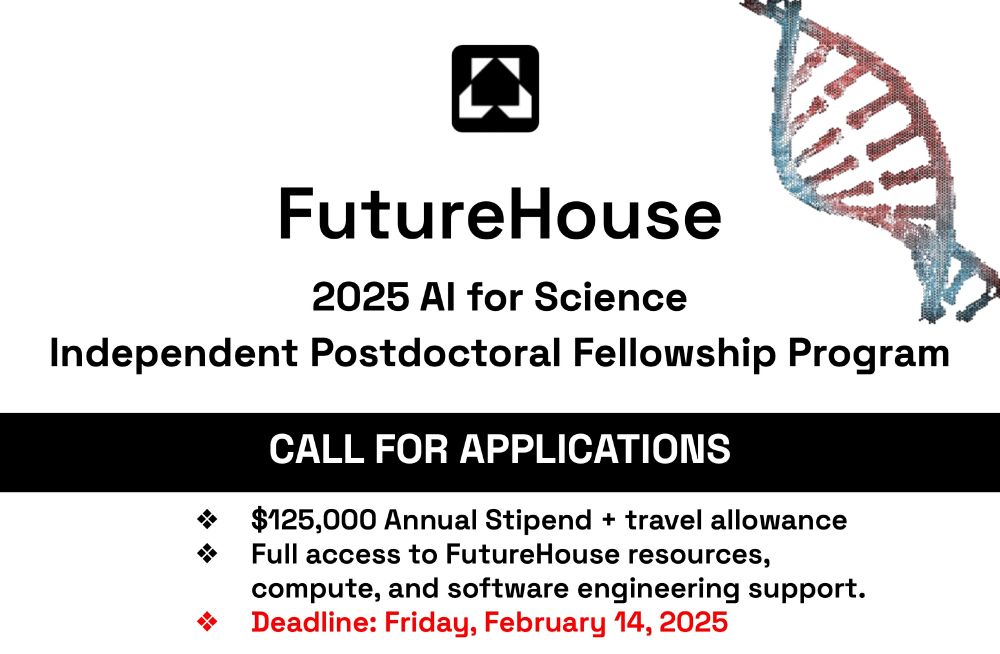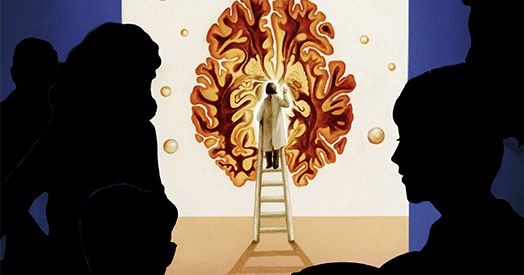David M. Markowitz is a communication professor at Michigan State University who specializes in the study of language and deception. Much of his work focuses on how technological channels impact the encoding and decoding of messages. His work has captured the attention of magazines and outlets in popular culture; he writes articles for Forbes magazine about deception. Much of his research has utilized analyses of linguistic and analytic styles of writing, for example, Markowitz's work on pet adoption ads was referenced in a website featuring tips on how to write better pet adoption ads. .. more
We need a new model that matches the scale of our ambition... 🧵
Reposted by David M. Markowitz


Reposted by David M. Markowitz

www.youtube.com/watch?v=J_qT...
Reposted by David M. Markowitz

#neuroskyence
bit.ly/48EzEO8
Reposted by David M. Markowitz
“There is bipartisan agreement in the United States that Sudan is suffering both genocide and famine — and also, apparently, a bipartisan consensus to do little about it,” our columnist @nickkristof.bsky.social writes.


Reposted by Marc Lynch, David M. Markowitz

“There is bipartisan agreement in the United States that Sudan is suffering both genocide and famine — and also, apparently, a bipartisan consensus to do little about it,” our columnist @nickkristof.bsky.social writes.
Reposted by David M. Markowitz
Reposted by David M. Markowitz

@ifp.bsky.social article by @adammarblestone.bsky.social & @andrewcpayne.bsky.social
ifp.org/mapping-the-...

Preprint: doi.org/10.1101/2025...
🧪#Neuroskyence
Reposted by David M. Markowitz
Preprint: doi.org/10.1101/2025...
🧪#Neuroskyence
Reposted by Frances H. Arnold, David M. Markowitz

Reposted by David M. Markowitz

@ryanpaulbadman1.bsky.social & Riley Simmons-Edler show–through cog sci, neuro & ethology–how an AI agent with fewer ‘neurons’ than an insect can forage, find safety & dodge predators in a virtual world. Here's what we built
Preprint: arxiv.org/pdf/2506.06981
#neuroskyence
www.thetransmitter.org/funding/neur...

Reposted by David M. Markowitz

#neuroskyence
www.thetransmitter.org/funding/neur...
Reposted by David M. Markowitz


